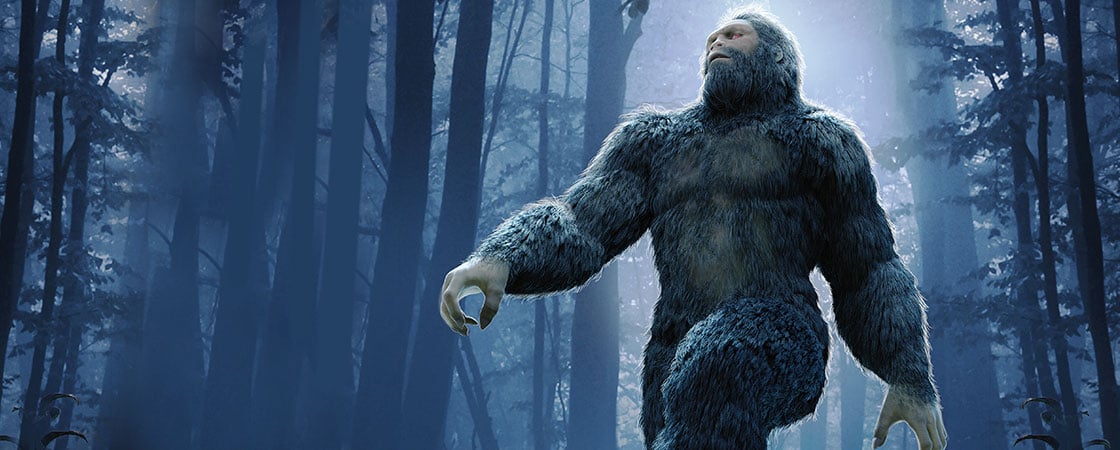You’re about to read “The Search for Bigfoot.” In the story, the author writes about Bigfoot and mentions other mysterious creatures from around the world. What do you know about these creatures? Take the quiz to find out. (Don’t worry if you don’t know the answers. By the time you’re done, you’ll be an expert.)
You’re about to read “The Search for Bigfoot.” In the story, the author writes about Bigfoot and mentions other mysterious creatures from around the world. What do you know about these creatures? Take the quiz to find out. (Don’t worry if you don’t know the answers. By the time you’re done, you’ll be an expert.)
You’re about to read “The Search for Bigfoot.” In the story, the author writes about Bigfoot and mentions other mysterious creatures from around the world. What do you know about these creatures? Take the quiz to find out. (Don’t worry if you don’t know the answers. By the time you’re done, you’ll be an expert.)

